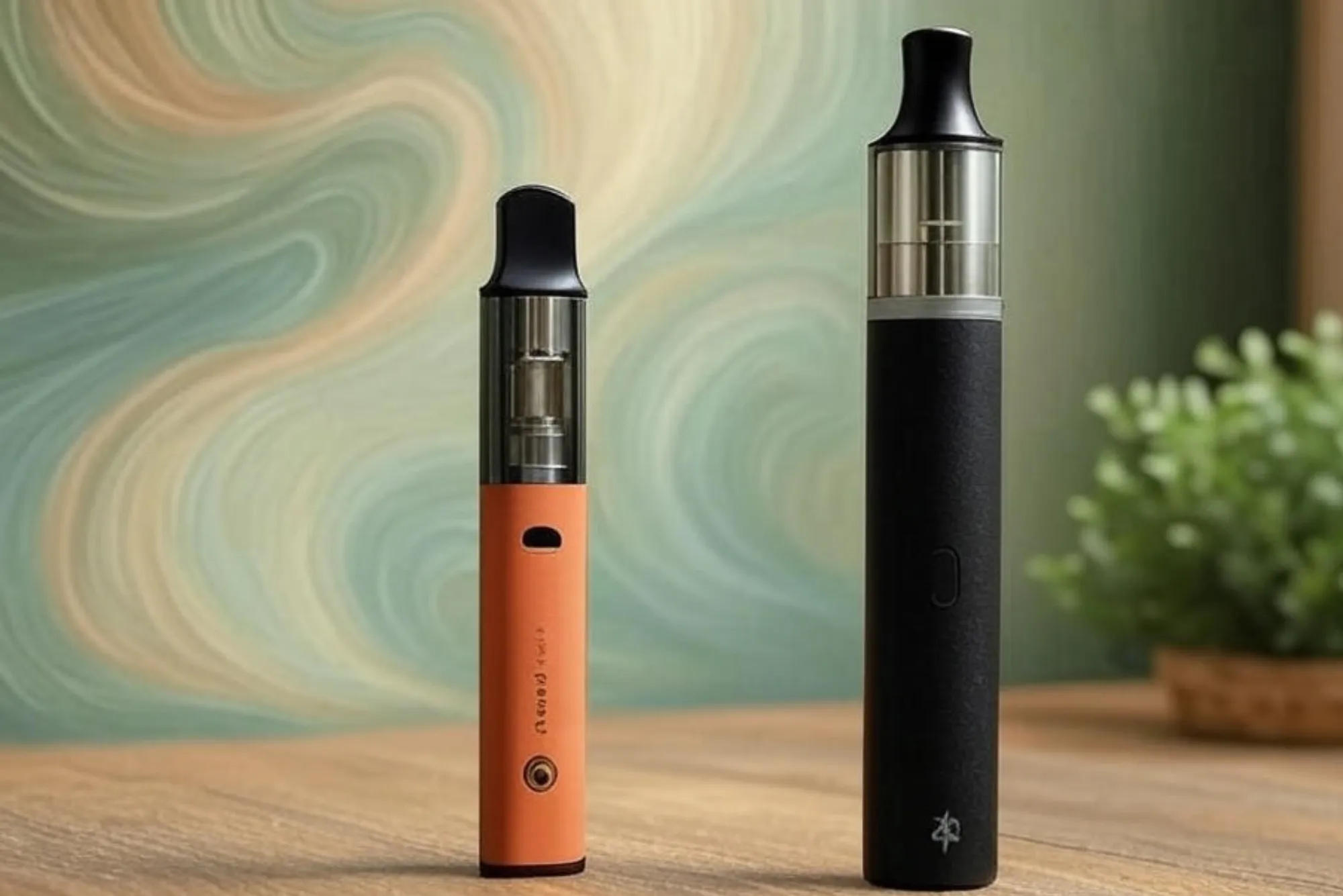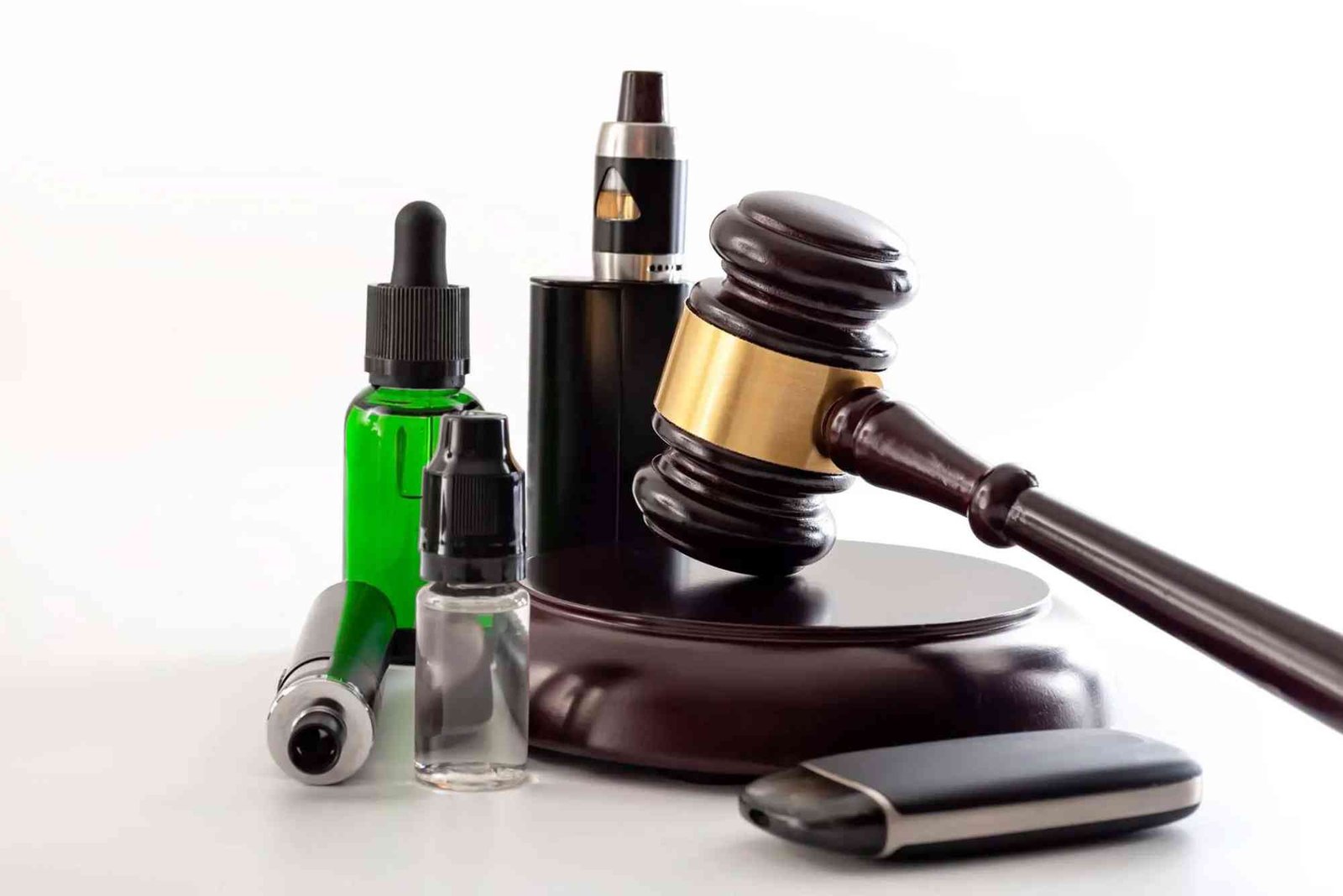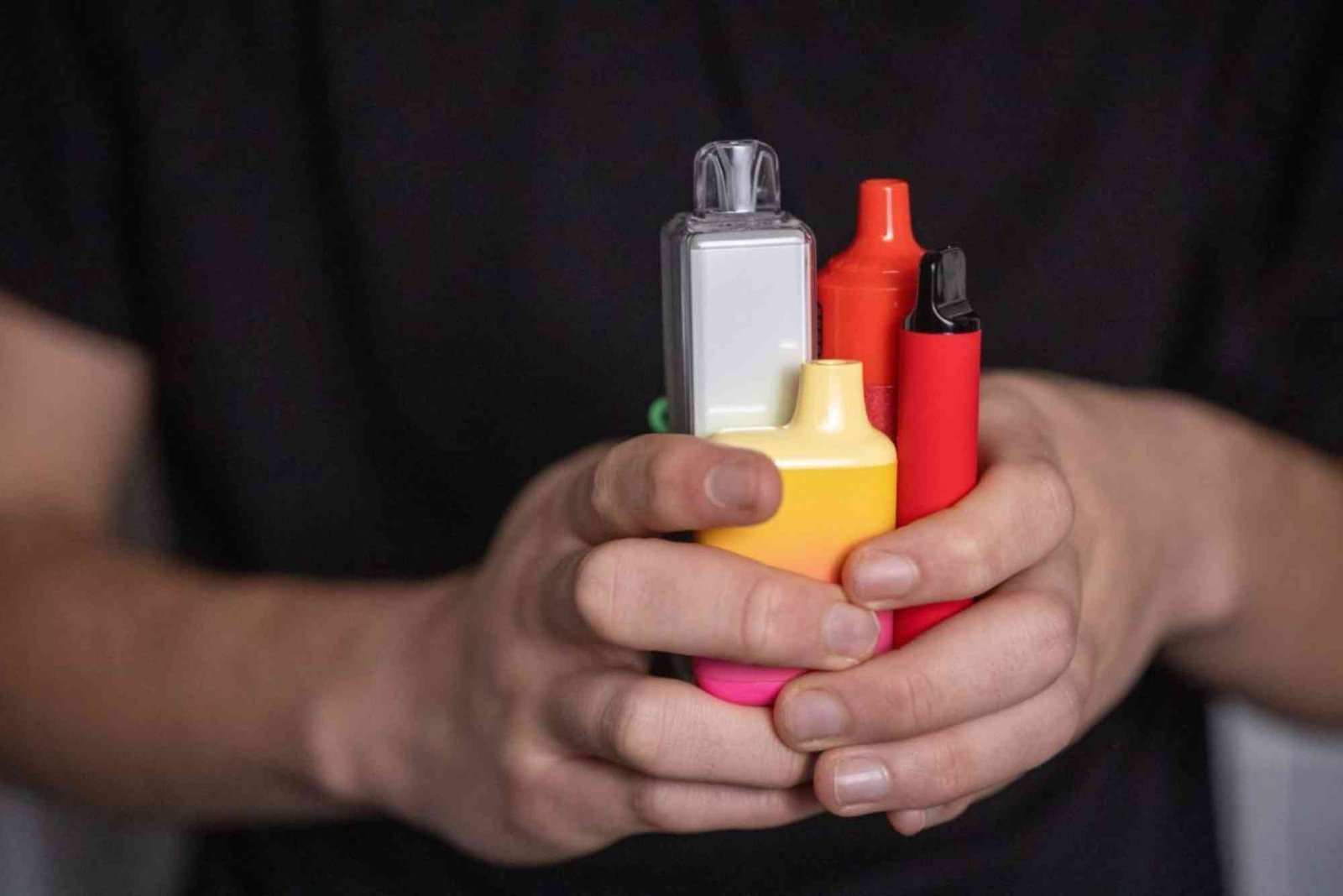Transitioning from Smoking to Vaping: What to Expect
Making the decision to switch from smoking to vaping is a major step toward better health. However, many smokers wonder what changes they might face during this transition. Switching to vaping involves physical, psychological, and lifestyle adjustments, and understanding these can help make the process smoother and more effective.
Understanding the Switch: Why Choose Vaping?
Before diving into what to expect, it’s important to grasp why vaping is often considered a better alternative to smoking. Cigarette smoke contains thousands of harmful chemicals and carcinogens, many of which are absent or significantly reduced in vapor. Vaping typically delivers nicotine without tar and many toxic substances found in cigarettes, making it a popular harm reduction tool.
When switching to vaping, the goal is usually to maintain nicotine satisfaction while reducing the health risks linked to combustible tobacco. But this shift isn’t just about changing products; it’s about altering habits and coping mechanisms that have been ingrained for years.
Physical Changes When Switching to Vaping
The first noticeable changes usually happen physically. Many people experience improvements in breathing and energy levels within days or weeks. This is due to the reduction of harmful smoke inhalation and better oxygen flow.
However, switching to vaping can also bring some temporary side effects. For instance, dry mouth and throat irritation are common in the early stages. These symptoms often improve as your body adjusts and you learn how to vape properly—such as staying hydrated and adjusting the device settings. Another physical aspect to consider is nicotine dosage. Since vaping offers more control over nicotine intake, many find they need to experiment with different nicotine strengths to match their cravings. Initially, you might feel either under- or over-supplied with nicotine, which can cause headaches or irritability. Patience and gradual adjustment are key here.
Psychological and Behavioral Adjustments
Smoking is often tied to routine and emotional habits. People light up after meals, during breaks, or when feeling stressed. Switching to vaping means breaking some of these routines and establishing new ones.
You may initially miss the sensory and ritualistic elements of smoking—the hand-to-mouth action, the smell, and the visual of smoke. Fortunately, vaping can mimic many of these habits. The hand movement and inhalation sensation are similar, and the variety of flavors can make vaping enjoyable in its own right. Psychologically, you might experience cravings or feel restless during the first few weeks. This is normal and part of your brain adjusting to the new habit. Many find that vaping helps ease these cravings because it still delivers nicotine, which helps reduce withdrawal symptoms.
How Your Body Reacts Over Time
As you continue switching to vaping, your body will undergo positive changes. Lung function often improves, and you may notice less coughing and wheezing. Taste and smell can become sharper, making food and drinks more enjoyable.
Improved circulation and cardiovascular health are other benefits, though these changes occur gradually. Many former smokers report increased stamina and better sleep quality within months. It’s important to acknowledge that vaping is not completely risk-free, especially if you continue vaping nicotine long-term. Still, the consensus among health experts is that vaping is considerably less harmful than smoking cigarettes.
Common Challenges and How to Overcome Them
Switching to vaping isn’t without challenges. Some people struggle with choosing the right device or e-liquid, while others find it difficult to maintain the new habit consistently. Learning to use a vape device properly can take time. Issues like burnt coils, leaking tanks, or device malfunctions can be frustrating. To overcome these challenges, it helps to research and invest in quality devices and e-liquids. Many vape shops and online forums offer guidance for beginners.
Nicotine cravings may still hit occasionally, especially in social situations or during stress. Having backup strategies, such as nicotine gum or deep breathing exercises, can be useful. Another challenge is social perception. Some friends or family members may not understand vaping or might be skeptical. Being prepared to explain your choice calmly and confidently can make these conversations easier.
Tips for a Smooth Transition
Switching to vaping is a process, and taking it step-by-step increases your chances of success. Start by choosing a device that fits your lifestyle—whether a simple pod system or a more advanced mod. Experiment with nicotine levels. Many smokers start with higher nicotine e-liquids (like 12mg or 18mg) to satisfy cravings, then gradually reduce over time.
Hydrate well to combat dry mouth and throat irritation. Keep your vape clean and replace coils regularly to ensure a good vaping experience. Track your triggers and try to replace cigarette breaks with vaping breaks or other healthy habits like walking or drinking water. Above all, be patient and allow your body and mind time to adapt. Don’t be discouraged by occasional slip-ups; many ex-smokers have faced setbacks before quitting successfully.
What About Quitting Nicotine Altogether?
For many, switching to vaping is a step toward quitting nicotine completely. Once comfortable with vaping, some choose to gradually lower nicotine concentration until they can vape nicotine-free or stop altogether.
Others use vaping as a long-term alternative to smoking. Regardless of your goal, switching to vaping gives you control and options that smoking does not.
Embrace the Journey of Switching to Vaping
Switching to vaping is a positive step toward reducing health risks and improving your quality of life. Expect physical improvements, psychological adjustments, and occasional challenges. By understanding these changes and preparing yourself, you can make the transition smoother and more rewarding.
If you’re ready to switch to vaping, start by choosing the right device and nicotine level. Be patient with your body’s changes and seek support when needed. Your journey to a smoke-free lifestyle is achievable and worth every effort. Ready to take the first step? Explore our beginner-friendly vaping guides and find the perfect device for your switch today!
FAQs
Is switching to vaping really healthier than smoking?
Yes, vaping exposes you to fewer harmful chemicals compared to smoking. While not completely risk-free, vaping is generally considered a safer alternative.
How long does it take to get used to vaping?
Most people adjust within a few weeks. Physical symptoms like dry throat or cravings typically improve after this period.
Can vaping help me quit nicotine completely?
Many people use vaping as a stepping stone to reduce nicotine intake gradually and eventually quit. However, some prefer vaping long-term as a less harmful alternative.
What nicotine strength should I start with?
Start with a nicotine strength that satisfies your cravings without causing discomfort. Many smokers begin with 12-18mg, then reduce over time.
Will I experience withdrawal symptoms when switching to vaping?
Some withdrawal symptoms may occur but usually less intense than quitting smoking cold turkey. Vaping helps reduce these symptoms by delivering nicotine.
Is it normal to have dry mouth or throat irritation?
Yes, these are common when switching. Staying hydrated and adjusting your device settings can help alleviate these issues.








